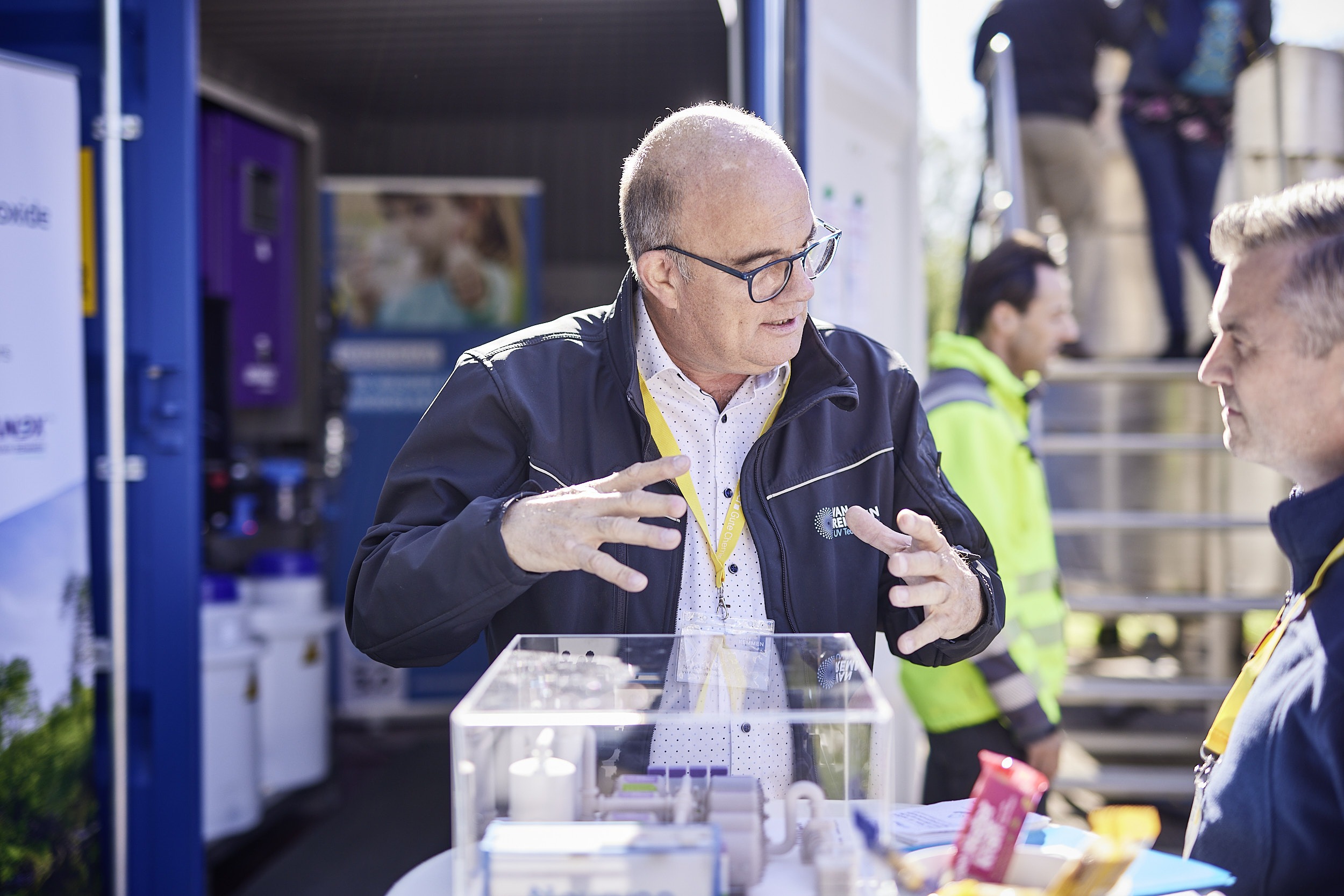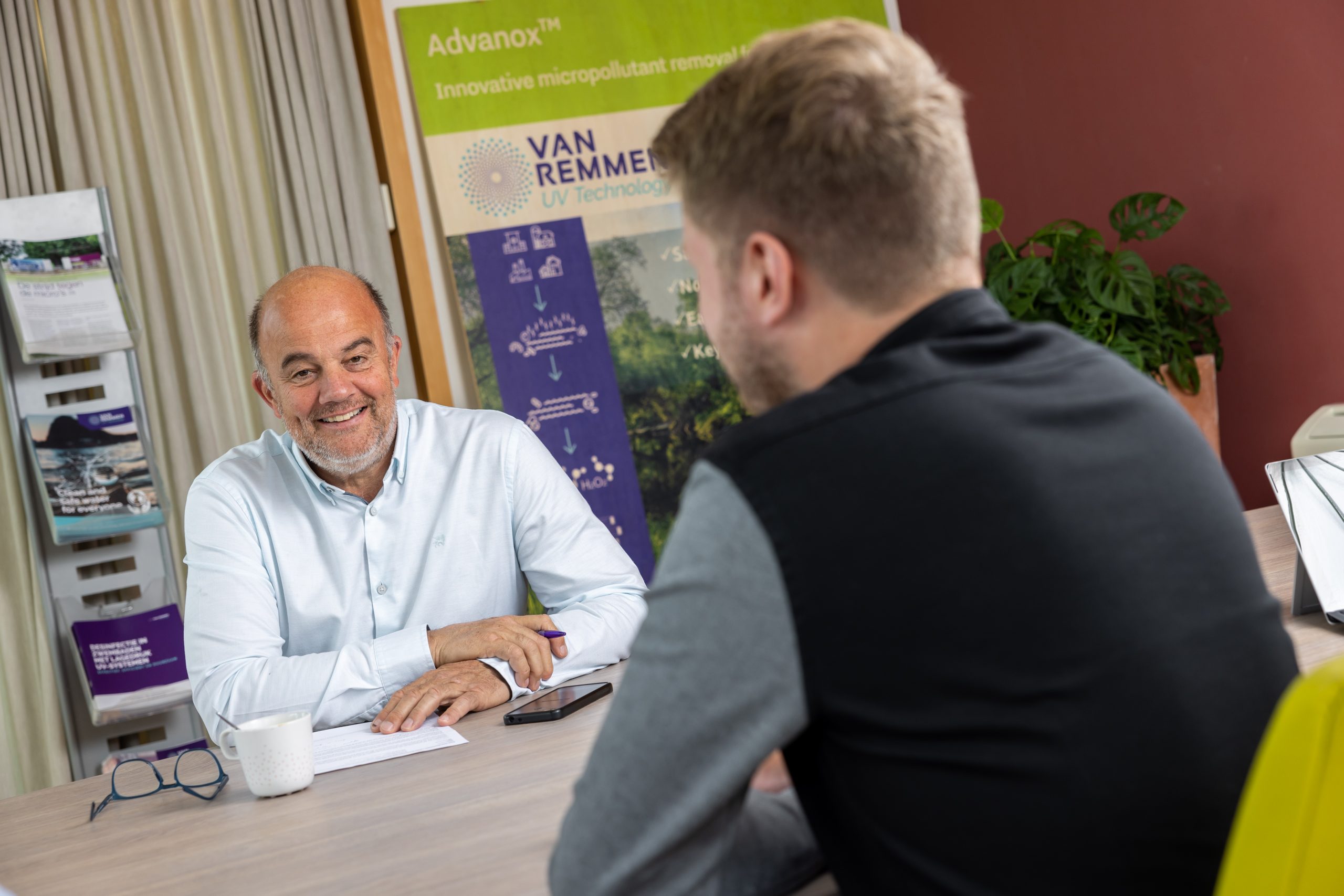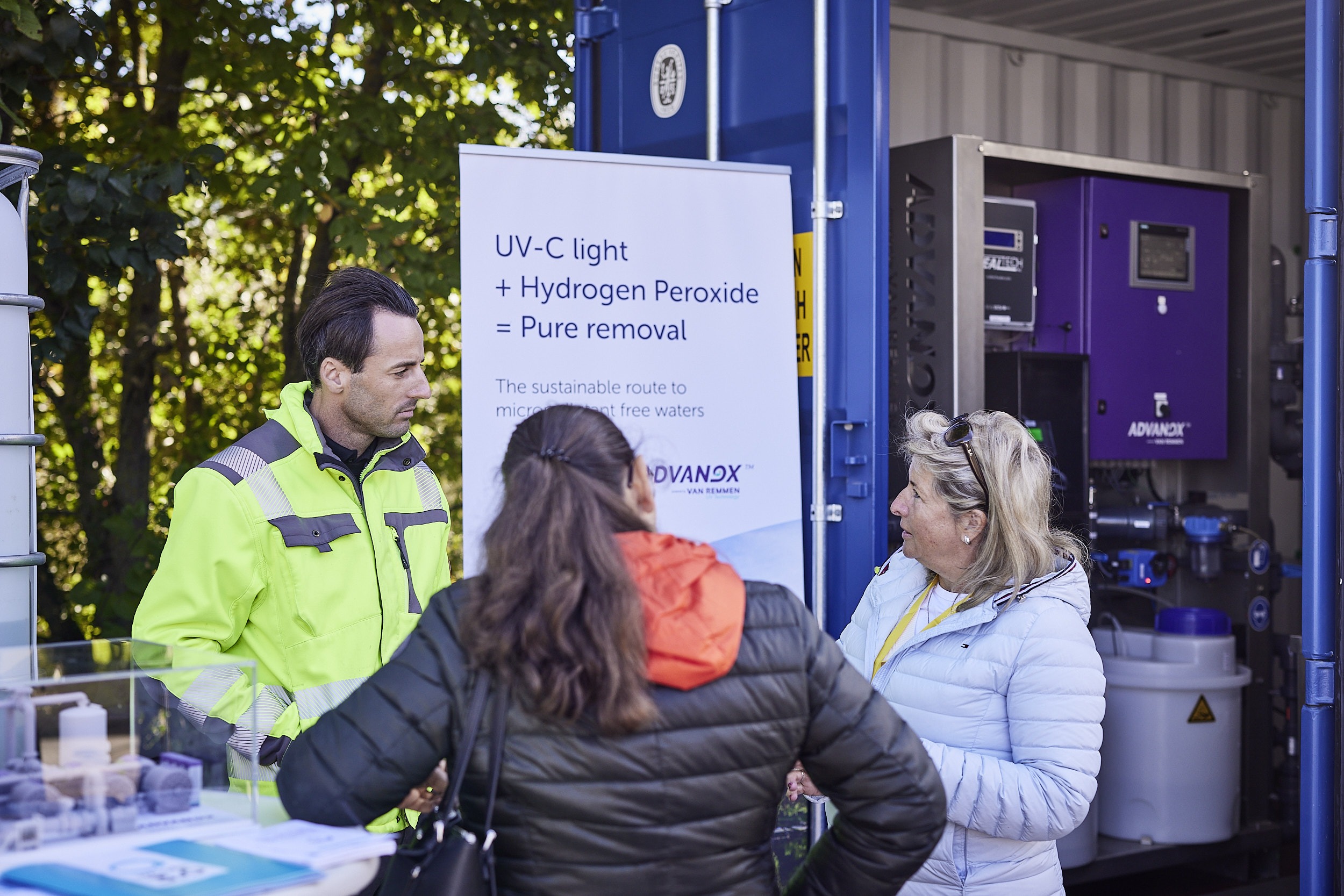In 2050 the World Health Organization (WHO) estimates, someone will die every 3 seconds from the effects of antibiotic-resistant bacteria (AMR).
Unless, we act now by removing pharmaceutical residues from wastewater. Van Remmen UV Technology has already begun and the results are promising. Ton van Remmen: “Together with the water sector, we can still turn the tide.”
Antibiotics
We have lost control over the use of antibiotics and we use it excessively for both humans and animals. Antibiotic residues leak from production plants in countries such as India and China, and every year in the Netherlands alone, at least 190,000 kilograms of pharmaceutical residues end up in surface water. As a result: antibiotics, resistant microorganisms, and their resistance genes spread invisibly through the surface waters. Both in major Asian rivers, but also much closer to home. In many places in the Netherlands, permitted concentrations of pharmaceutical residues are greatly exceeded, and no less than 80% of Dutch surface waters do not meet European quality standards. Waste water from households and hospitals are an important source of antibiotic pollution (source: STOWA).
More dangerous than cancer
The consequences of this are shocking, according to a report by the World Health Organization (WHO). They see a silent killer emerging that is many times more deadly and disruptive than COVID-19: Antimicrobial Resistance (AMR). Antibiotic-resistant bacteria cause untreatable infectious diseases and hinder the effectiveness of medication and operations. AMR already takes 3500 lives a day and will become one of the leading causes of death in the world in the coming decades. The WHO expects that in 2050 more people will die from the consequences of AMR than currently die from cancer (approximately 10 million people per year). That’s one death every 3 seconds. Cautiously estimated. Then we are still not thinking about the damage to animals and plants and the economic damage of hundreds of billions of euros. New diseases as well as zoonotic diseases that jump from animals to humans will only increase in the future, so we need this protection more than ever.
Time for action
The WHO paints a pitch-black picture of the future. However, there is a bright spot: we can still prevent it if we act now. And Van Remmen UV Technology, developer of UV disinfection systems, takes that mission seriously. “We are working on clean and safe water for everyone. Combating AMR and other pharmaceutical residues in water plays an important role in this, but so does physical solutions (UV disinfection and membrane filtration) that tackle chemical- and drug-resistant bacteria,” says Ton van Remmen. “With smart water treatment, we can greatly reduce the spread of AMR. By purifying wastewater from antibiotics, and disinfecting it against harmful bacteria and removing ‘plasmids’; genetic residues that pass on resistance properties to other bacteria.’ (Source: White paper AMR by the Dutch Consortium)



Results
Van Remmen has various UV systems that kill bacteria using UV-C light and, in combination with hydrogen peroxide, remove pharmaceutical residues. The results are promising. “Our validated UV disinfection systems fully comply with the European CEN/NEN standard and are able to kill bacteria in wastewater for 99.999 percent. We also developed Advanox™, in which a combination of UV and hydrogen peroxide removes micropollutants such as pharmaceuticals. In recent projects, Advanox™ has removed more than 90 percent of pharmaceuticals residues from wastewater, including several antibiotics. By combining UV technology with other purification techniques, we can therefore take a major step in combating AMR.”
Awareness
By using treatment methods at the source (for example a hospital or a pharmaceutical manufacturer) and ‘end -of-pipe’ (at the wastewater treatment plant), you prevent bacteria from ending up in surface or drinking water. The techniques are therefore already ready and are widely used. To really make a stand against AMR, it is important that we continue to work on raising awareness among healthcare organizations, companies, and governments. So that they get to know the technologies and invest in them.”
Together towards a solution
There are plenty of challenges ahead. Evolving bacteria require continuous development of treatment techniques. Fragmented responsibilities can lead to indecisiveness. But there is no time for delay. Van Remmen: ”We have to get to work now to prevent millions of deaths. By making cleaner medicines as a producer, by dispensing medicines responsibly as a healthcare professional, by smartly purifying wastewater as a hospital, by creating the right legislation as a government and by continuing to work together as a water sector on affordable and sustainable technologies to make water AMR-free. In this way we can really make a difference in the Netherlands and beyond. We have to work on a better picture of the future for us and our children.”
Are you helping?
Van Remmen UV Technology wants to make clean and safe water accessible to everyone. With high-quality UV disinfection systems and Advanox water treatment systems, but mainly by joining forces with other knowledge partners. Ton van Remmen calls on companies in the water sector to work together on solutions. “Together we can turn the tide. By combining our knowledge and expertise, we can have a worldwide impact with water treatment technologies. And adjust the WHO’s forecast in time.’
Source: Van Remmen UV/WaterForum
Author: Luuk Talens



